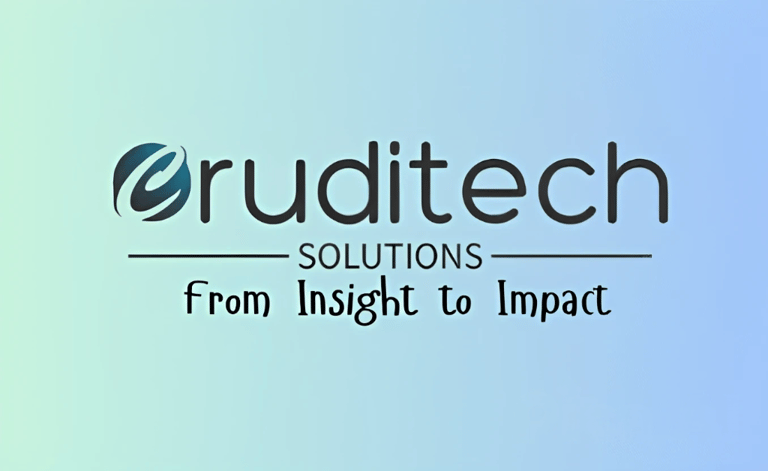What is Data Modeling? Understanding Data Modeling Stages
Understanding the Core Concept of Data Modeling
DATABASE DESIGN
6/7/20251 min read


Understanding the Core Concept of Data Modeling 💡
Data Modeling is the process of visually representing data structures and their relationships. It involves defining entities (analogous to tables in physical implementation) and their attributes (columns in physical implementation). This structured approach facilitates data organization, management, and on-demand querying. By creating reusable data models, businesses can streamline data operations and gain valuable insights.
Illustration of a data model, bold lines representing relations and boxes as the data model’s various components.
Data Modeling Stages
Conceptual Data Model : The Conceptual Data Model serves as the foundation of the data modeling process. It is developed through close collaboration with business process subject matter experts to identify and understand the core business entities and their interactions within the business processes. This stage focuses on capturing the high-level business requirements and translating them into a conceptual representation.
Conceptual Data Model of a Football Tournament
Logical Data Model : Building upon the Conceptual Data Model, the Logical Data Model refines the understanding of business entities by transforming them into data entities. This stage involves defining the attributes that constitute each data entity and establishing clear relationships between them (e.g., parent-child relationships). The Logical Data Model provides a technology-agnostic blueprint for the database structure.
Logical Data Model of a Football Tournament
Physical Data Model : Physical Data Model is the final stage of Data Modeling exercise when we know where(which database platform , eg. Oracle, MS Sql Server, DB2, Cloud platform etc.) we need to physicalize all the data entities we created in logical data model. The Datatype for each attribute we defined in logical data model is defined here along with the indexes .Entities becomes tables and attributes become columns in physical data model.
Physical Data Model of a Football Tournament
In our next blogpost we will dive deeper into different types of data model and choosing the right one for for your project needs. I’d love to hear your thoughts on this topic in the comments below! Thank you for reading.😊
Don’t forget to subscribe to my blog for more Data Solutions related content!👍
